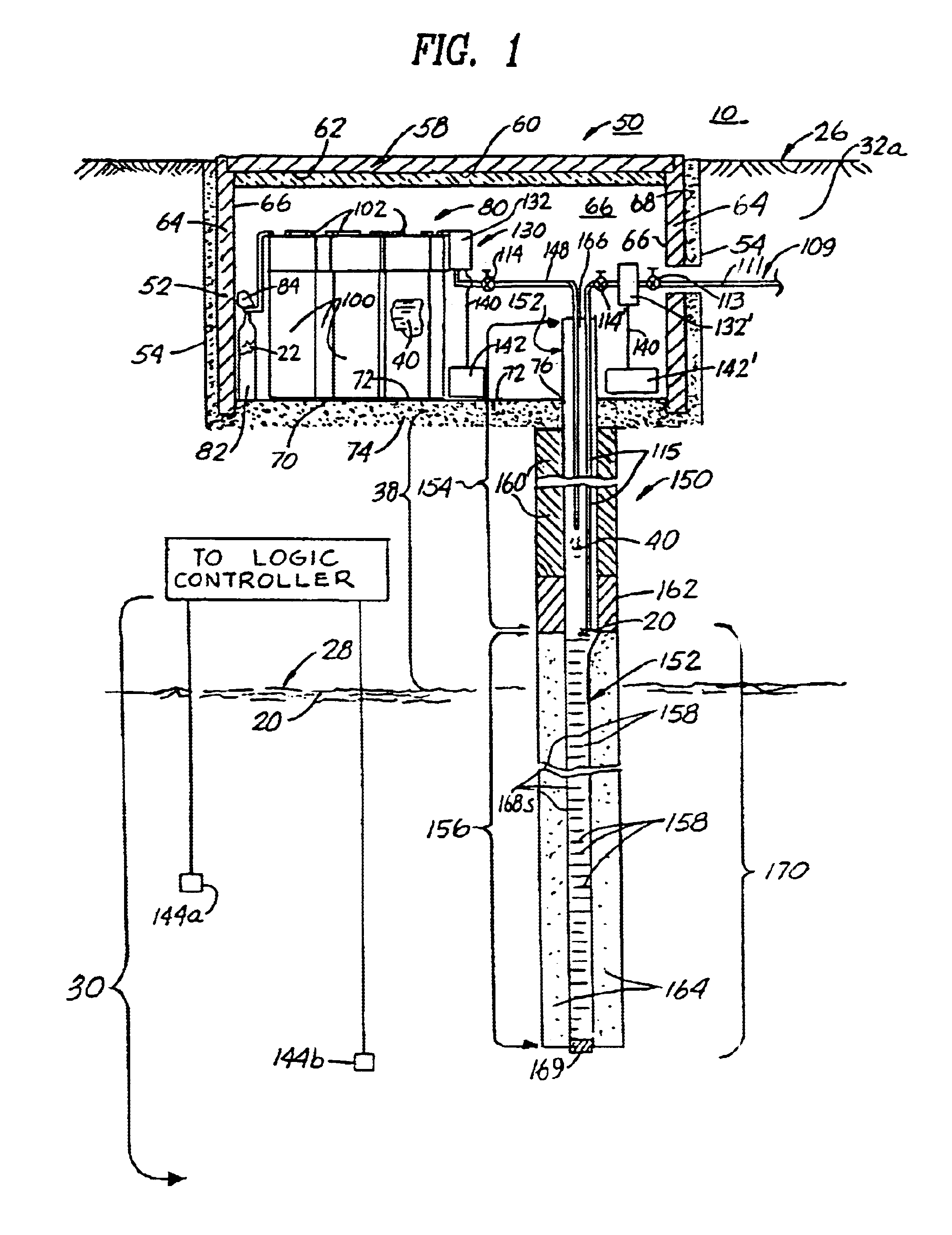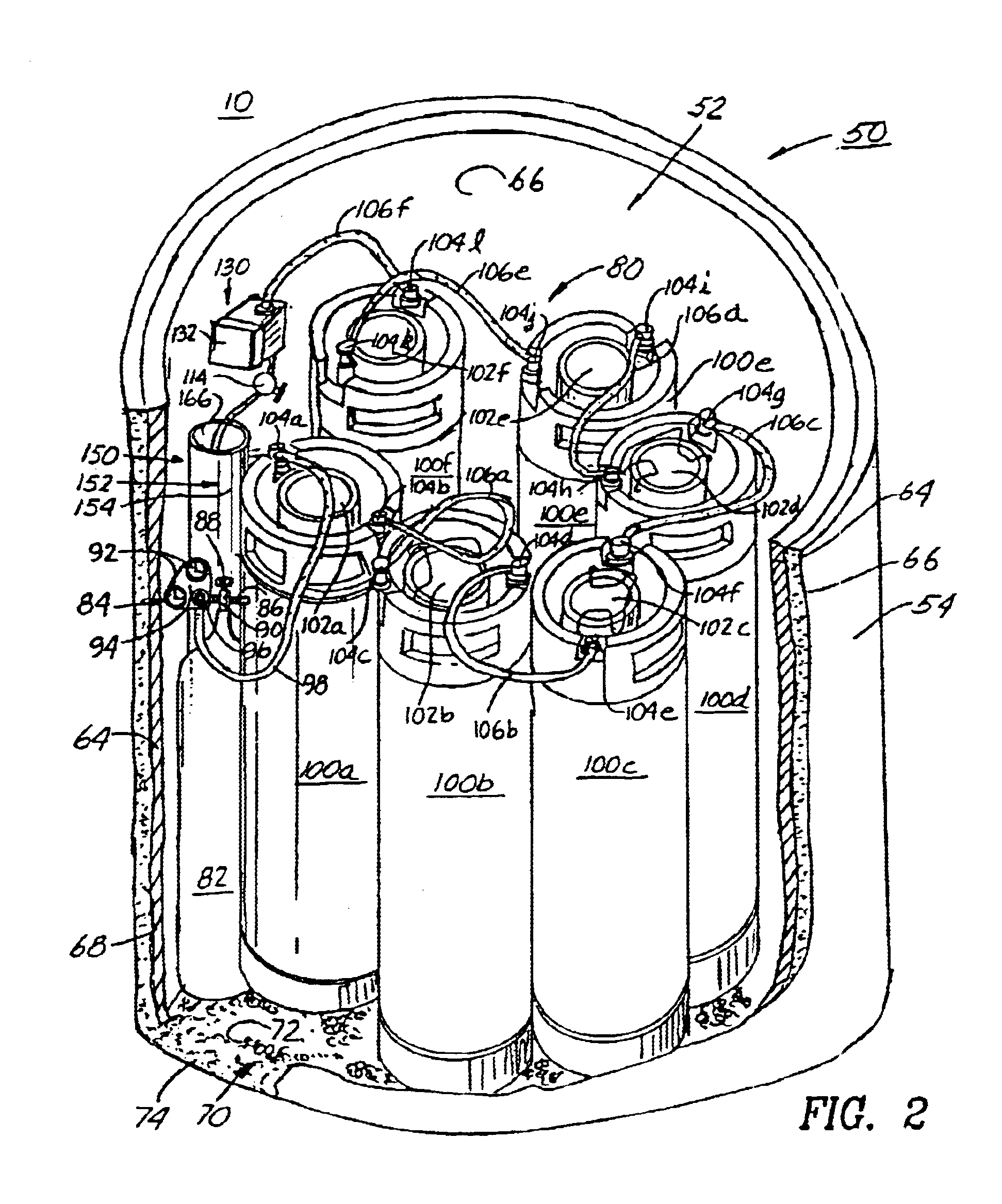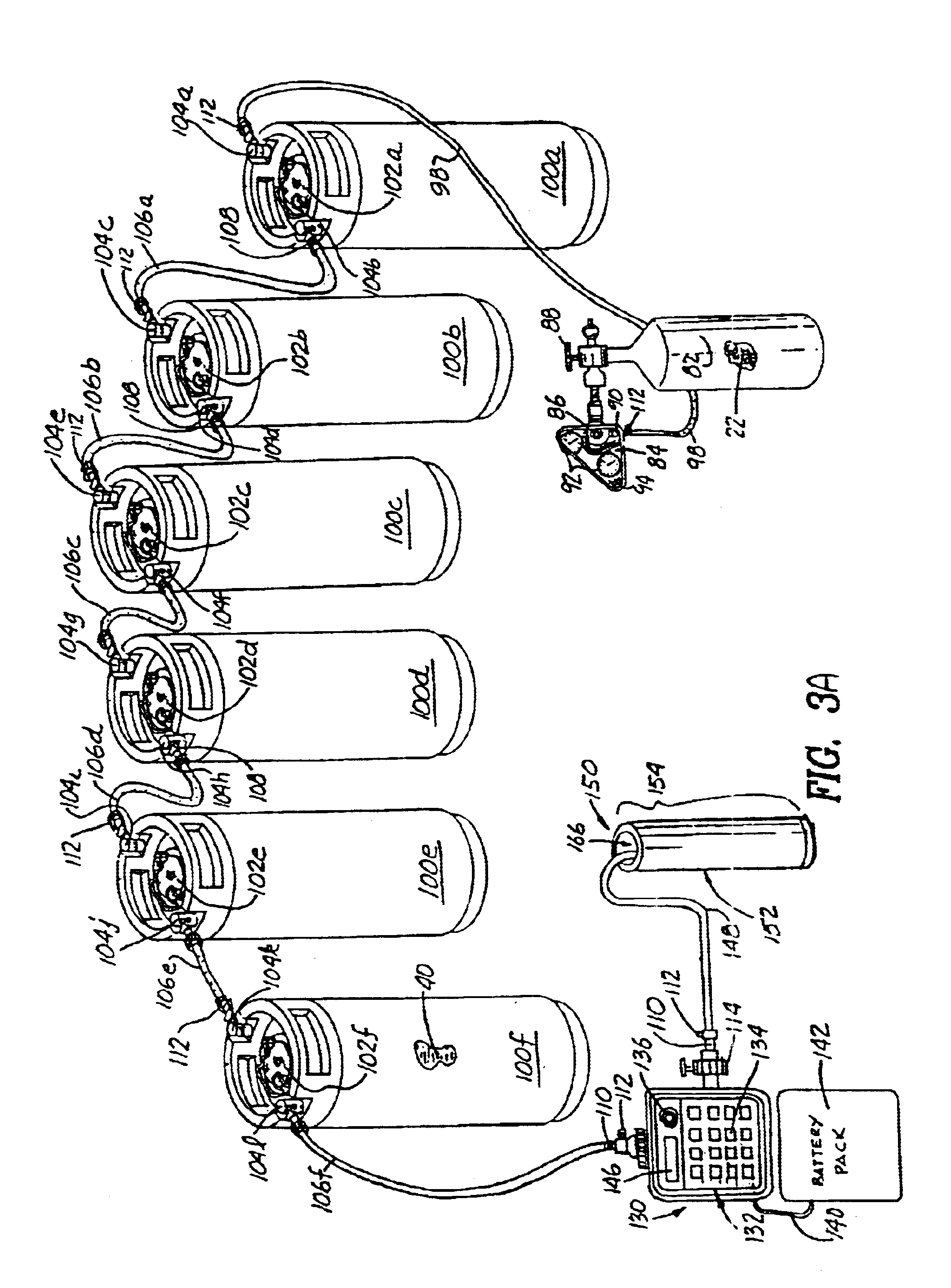Liquid chemical compositions containing soluble sulfates and methods for anaerobic bioremediation
a liquid chemical composition and soluble sulfate technology, applied in the field of liquid chemical compositions containing soluble sulfates and methods for anaerobic bioremediation, can solve the problems of difficult to maintain sufficient oxygen concentration in-situ to support aerobic biodegradation, redox conditions are typically strongly reduced, and field demonstrations of bioremediation technology typically outperform laboratory studies
- Summary
- Abstract
- Description
- Claims
- Application Information
AI Technical Summary
Benefits of technology
Problems solved by technology
Method used
Image
Examples
example 1
Active Service-station Site Gasoline Release, Northern New Jersey
Site Description and Type of Release
A release of an unknown quantity of gasoline occurred from piping associated with the former UST systems removed and replaced at the site in the late 1980's.
Site Hydrogeology
The overburden sediments at the site comprise fine-to-medium glaciofluvial sands with varying amounts of silt. The-water table ranges from 6-to-10 ft. below grade. A compact, silty-clay aquitard of glaciolacustrine origin is present at depths ranging from 15-to-19 ft. below grade. Bedrock was not encountered during drilling and the bedrock aquifer is not believed to have been impacted. A stream wraps around the site and its surroundings approximately 200 ft. downgradient and ground-water flow conditions have been interpreted fluctuate in response to local surface-water / ground-water interaction and meteorological events.
Investigation and Remediation
A subsurface investigation was performed by Geovation from 1993-19...
example 2
Fuel Oil Release at a Former Bank, Brooklyn, N.Y.
Site Description and Type of Release
Two separate releases of fuel oil occurred totalling on the order of 3,500 gal. from a UST used to heat the facility.
Site Hydrogeology
Overburden sediments at the site are predominantly medium to coarse sands associated with glacial-outwash and / or a kame-delta, with ground water at approximately 17 ft. below grade Bedrock was not encountered and it is not believed to have been impacted.
Investigation and Remediation
Upon discovery of the release, the property owner's consultant removed contaminated soils from the source area and installed a series of monitor / recirculation wells for a carbon treatment system. Several pump-and-treat system wells were installed in the basement of the building and significant amounts of free product were detected and recovered. Monitoring data indicated that most of the remaining free-product contamination was trapped beneath the building. Extensive pump and treat efforts ...
PUM
| Property | Measurement | Unit |
|---|---|---|
| pressure | aaaaa | aaaaa |
| solubility | aaaaa | aaaaa |
| concentrations | aaaaa | aaaaa |
Abstract
Description
Claims
Application Information
 Login to View More
Login to View More - R&D
- Intellectual Property
- Life Sciences
- Materials
- Tech Scout
- Unparalleled Data Quality
- Higher Quality Content
- 60% Fewer Hallucinations
Browse by: Latest US Patents, China's latest patents, Technical Efficacy Thesaurus, Application Domain, Technology Topic, Popular Technical Reports.
© 2025 PatSnap. All rights reserved.Legal|Privacy policy|Modern Slavery Act Transparency Statement|Sitemap|About US| Contact US: help@patsnap.com



